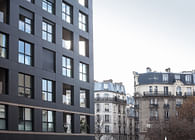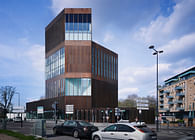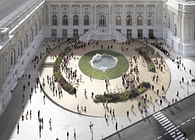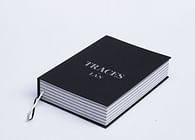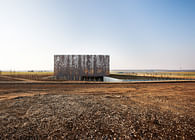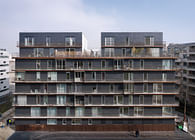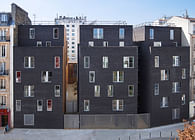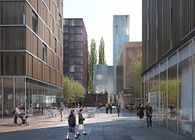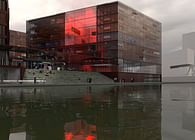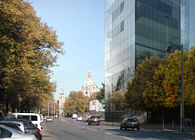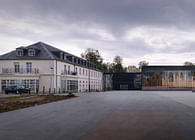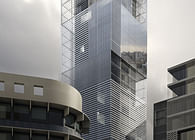
Paris, FR
This housing design draws on Hamburg’s architectural heritage by providing a contemporary, updated version of the vernacular Terrasse, a “row-house” type of worker housing. This was the starting point of our strategy, in which the themes of the individual home, the car, the definition and prioritization of public and collective spaces, as well as environmental quality, have here been reinvented in order to produce a new, sustainable urban model. During this project, LAN dealt with two successive commissioning entities: IBA Hamburg 2013 for the urban planning phase, and then the residents themselves, via the Baugruppe, for the architectural phase. The direct result of this change in principals was the multiplication of the number of clients and, therefore, interlocutors: from 1 to 80 persons. Through 15 general meetings, collective workshops and individual meetings, the dialogue seemed to be both an impossible task because the intentions of the various Baugruppe members were contradictory and created clear divisions, and at the same time, an exercise in fostering architectural awareness, where pedagogy and diplomacy were both de rigueur. The first challenge in conceiving our master plan was how to integrate cars into the Terrasse, especially how to limit their impact and place in the public spaces. To do so, we scaled the width of the street a minima and we made its pathway as slender as possible to slow down traffic and to give the center a vegetation-oriented feel. The enclosures separating the private spaces facing the street were removed, and all the green spaces received the same treatment so that the local residents could truly appropriate them. Two public spaces run through this area, tying the street to its surrounding environment, which consists of a park, a brook, and a pond. In designing the housing models, we opted for U- shaped volumes in order to increase the intimacy of the yards and to accentuate the connection with the park located to the east. One of the architectural project’s ambitions was to adapt the residences to the current and future needs of the families. We also wanted to combine the advantages of the Terrasse and the “rowhouse,” between a homogeneity of the whole and by asserting singularity. The wooden siding changes from one block to the next; there are variations in the direction and size of the wood planks. Similarly, the color changes in the window and door frames and the coping in aluminum, as well as for the awnings. Each housing block has 6-10 residences, of two kinds: “row- house” and “multi-level” units. At the residents’ requests, Workspaces have been integrated into the housing, and other spatial elements such as a hopper between the ground and first floors, the positioning of the stairwell, the entry into the kitchen, the number of bedrooms and bathrooms were adapted. In conclusion, the variations in the constructions, the programs, surfaces, and the material finishings reveal the potential of the typology that was created, and they bear witness to its wealth. The neighborhood has remained very consistent in terms of its architectural vocabulary, and yet, each residence is unique.
Status: Built
Location: Hamburg, DE
Firm Role: LAN Architecture (Lead Architect)
Additional Credits: Franck Boutté Consultants (HEQ - competition), BASE (landscaping – competition), Raissi Bidard (competition), Konerding Architekten (architects associated for the building process), Ingenieurbüro Schreyer (BET structure, energy), RMP Stephan Lenzen (coordinating landscape architects). Photo Credits: Julien Lanoo
